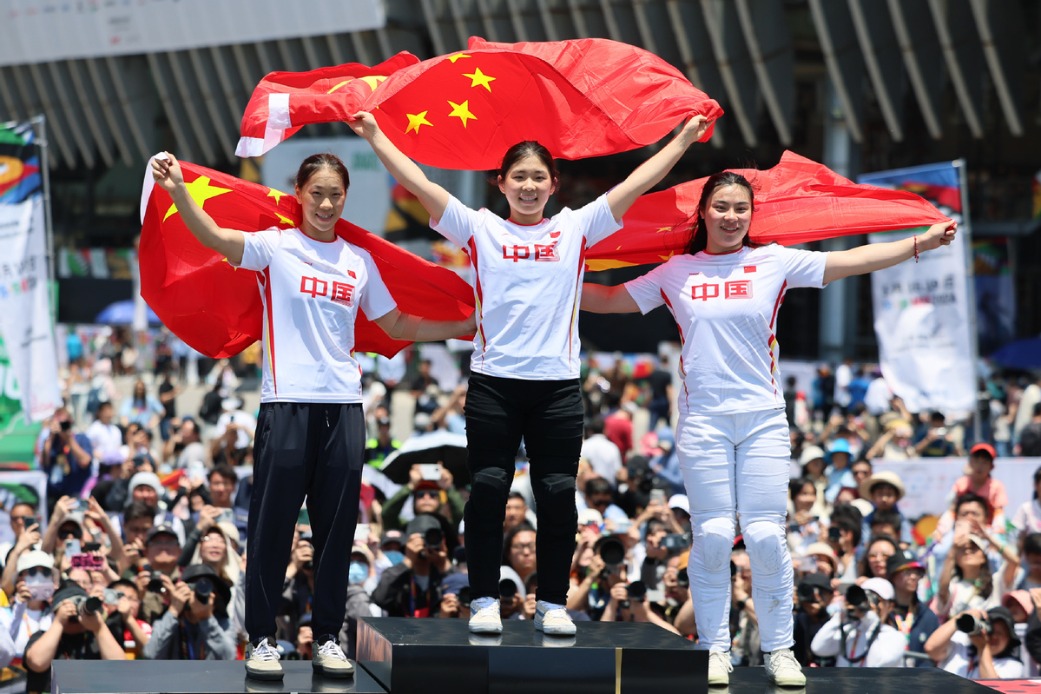Reform of resources distribution can promote better development
China Daily | Updated: 2020-06-22 08:00

To expand its domestic demand, China must give full play to the comparative advantages of different places, which requires reform of the resource distribution mechanism between central and local governments, so that different localities can develop their respective comparative advantages.
As two files on reform of the distribution mechanism issued by the central authorities in April and May indicate, with reform of the household registration system being carried out nationwide so that migrant workers from rural areas can settle in cities, the central government will take into consideration the number of permanent residents, including migrant workers, in a place as a key reference when deciding how much money and resources to allocate to a local government.
In other words, policymakers have finally found a reliable index-the size of the urban population, which is a consequence of market forces-to carry out resource distribution reform.
It also means that local governments will have more means to give the nearly 300 million migrant workers and their families equal treatment as their urban counterparts when they settle in a city.
For a long time, public resources have been distributed among local governments according to their administrative ranking-municipalities directly under the central government, deputy-provincial-level cities, prefecture-level cities, counties and townships, which was implemented in the planned economy era when the migration of the rural population was rare.
After more than 40 years of market economy reform, that kind of rigid public wealth distribution method has become outdated.
For instance, although the Yangtze River Delta and the Pearl River Delta are comparatively better-off regions in the country, they still have not enough funds and resources to provide a huge number of migrant workers with equal public goods in medical care, education and housing as local residents.
For these regions to continue to serve as national economic engines in the long run, the central government has to tilt more resources to them in a more predictable and rational way.
























